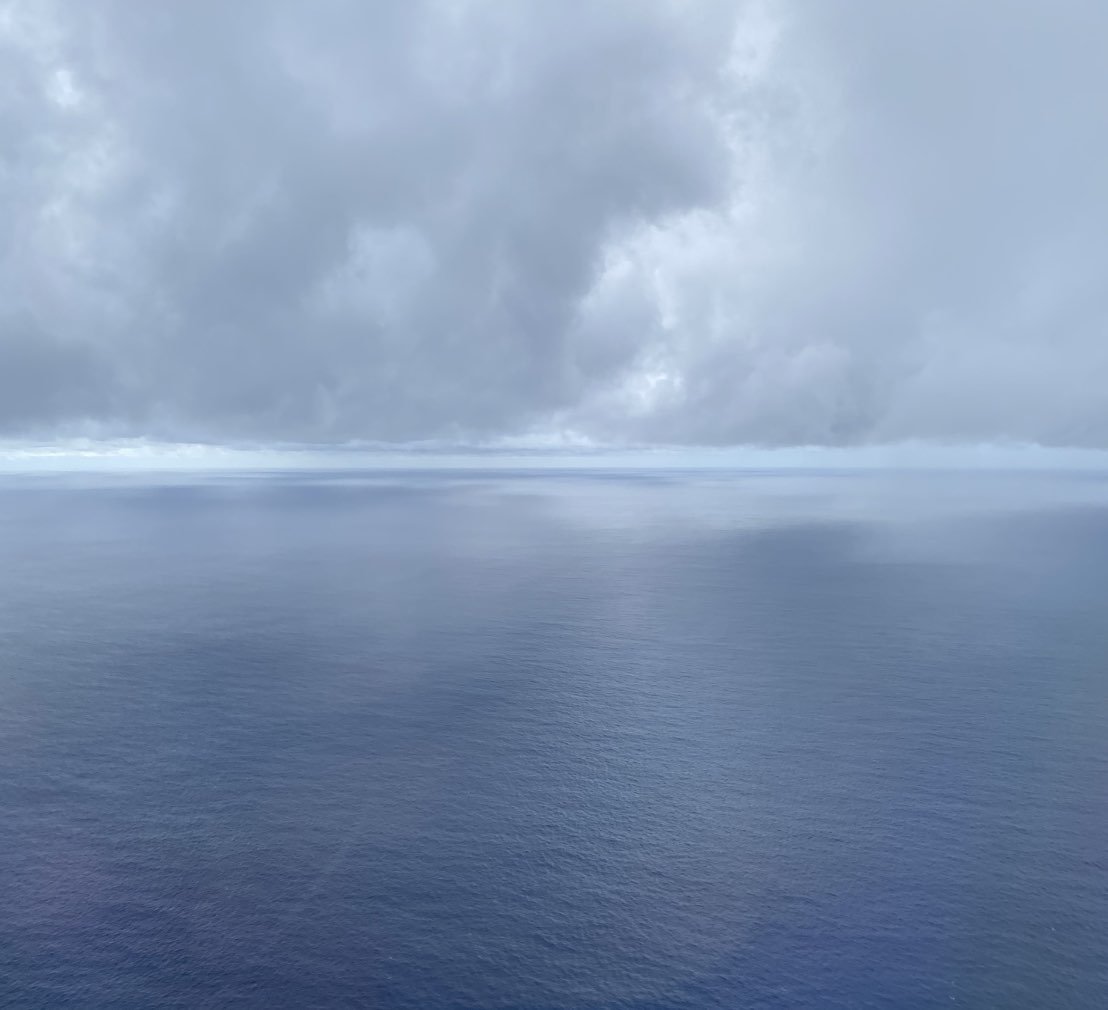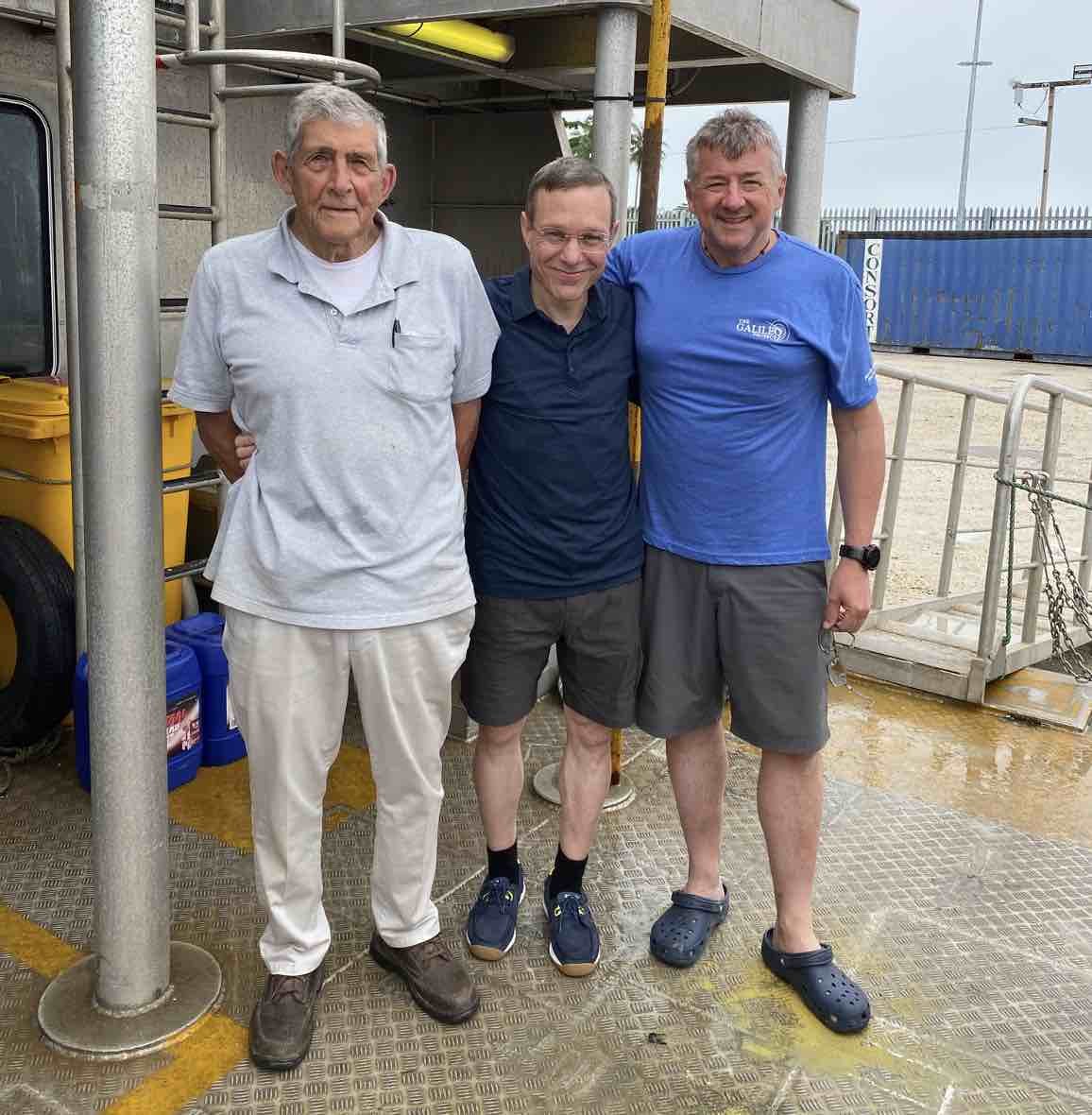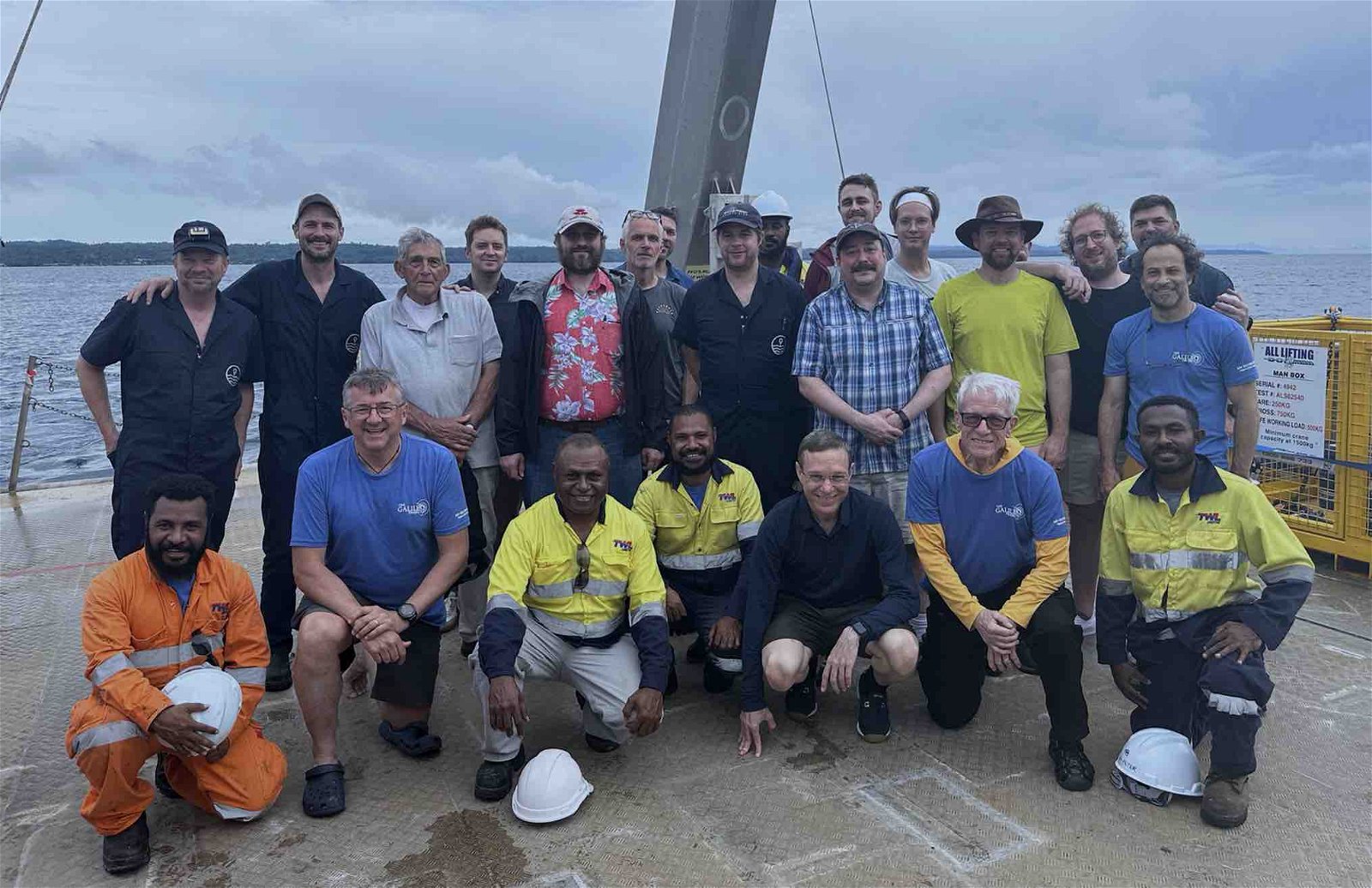This is the third in an ongoing series of updates from Harvard Astronomer Avi Loeb, who heads The Galileo Project, documenting his team’s expedition to attempt the recovery of an interstellar object from the floor of the Pacific Ocean. This entry covers Day 4 (June 14, 2023) of the team’s expedition.
This morning, the Galileo Project team arrived at Papua New Guinea with a mission to search for the relics of the first recognized interstellar meteor, IM1.
We initially arrived at Port Moresby and then headed towards Manus Island, located 84 kilometers from the IM1 impact site, according to our analysis of its seismometer data.
Nature is amazingly beautiful here, decorated with lush rainforests. That IM1 landed randomly near the magnificent Papua New Guinea of all possible places on Earth is a remarkable coincidence. There are about 850 spoken languages in Papua, the most linguistically diverse place on Earth. Yet, if the expedition recovers a gadget with an extraterrestrial inscription, we will add a new language to this site. Artificial intelligence (AI) may be able to help us decipher the content of the interstellar message.


On our way to Manus Island, we flew over the IM1 landing site to make sure that there are no competing teams in the area. We saw none, and I happily snapped a picture of the open ocean landscape on my cell phone.
After a short van ride guided by the expedition coordinator, Rob McCallum, we arrived at our ship, fittingly named `Silver Star.’ I chose to be awake on the night shifts in order to see the stars in the dark sky. After all, IM1 could have originated from one of them.
If so, are its senders still alive? If so, would they be alive upon the arrival of a chemically propelled package that we might send them? If so, the launch could be funded by Jeff Bezos through Blue Origin as the interstellar branch of Amazon delivery services.


Silver Star is made of aluminum. Prior to our arrival, the winch and the magnetic sleds were already placed on its wide deck. The sleds and sluicing devices are intended to scoop a thin layer on top of the ocean floor in search of tiny spherules from IM1.
We plan to compare the materials retrieved from control areas with the landing site of IM1 in order to avoid confusion with particles from terrestrial volcanic activity or human-made contamination. In case only an outer layer of IM1 was eroded, we might see a large relic on the sled videos in our search area.


In my introductory remarks to our exceptional expedition team, I explained the significance of finding a technological relic of an extraterrestrial civilization. IM1 was moving outside the solar system faster than 95% of all stars in the vicinity of the Sun, raising the possibility that its excess speed may have benefited from propulsion.
The fact that IM1 was tougher than all known space rocks in NASA’s CNEOS catalog also suggests that it may have been technological in origin. If our X-ray Fluorescence analyzer will identify a possible artificial composition for IM1’s material, we will share the news on the high-definition Mega Screen in Times Square, Manhattan, to which I secured access earlier this week. For now, we feature a generic Galileo Project video there. We will update the video in New York City as we make progress on the boat in the Pacific Ocean.
We just embarked on a terrestrial ship in search of the possible relics of an extraterrestrial ship. In the next two days, we will experiment with the machinery in order to optimize its performance. By the weekend, the team should get to business.
For now, though, we will keep the champagne in the refrigerator until we succeed in finding materials from IM1.
Avi Loeb is the head of the Galileo Project, founding director of Harvard University’s – Black Hole Initiative, director of the Institute for Theory and Computation at the Harvard-Smithsonian Center for Astrophysics, and the former chair of the astronomy department at Harvard University (2011-2020). He chairs the advisory board for the Breakthrough Starshot project, and is a former member of the President’s Council of Advisors onScience and Technology and a former chair of the Board on Physics and Astronomy of the National Academies. He is the bestselling author of “Extraterrestrial: The First Sign of Intelligent Life Beyond Earth” and a co-author of the textbook “Life in the Cosmos”, both published in 2021. His new book, titled “Interstellar”, is scheduled for publication in August 2023.

